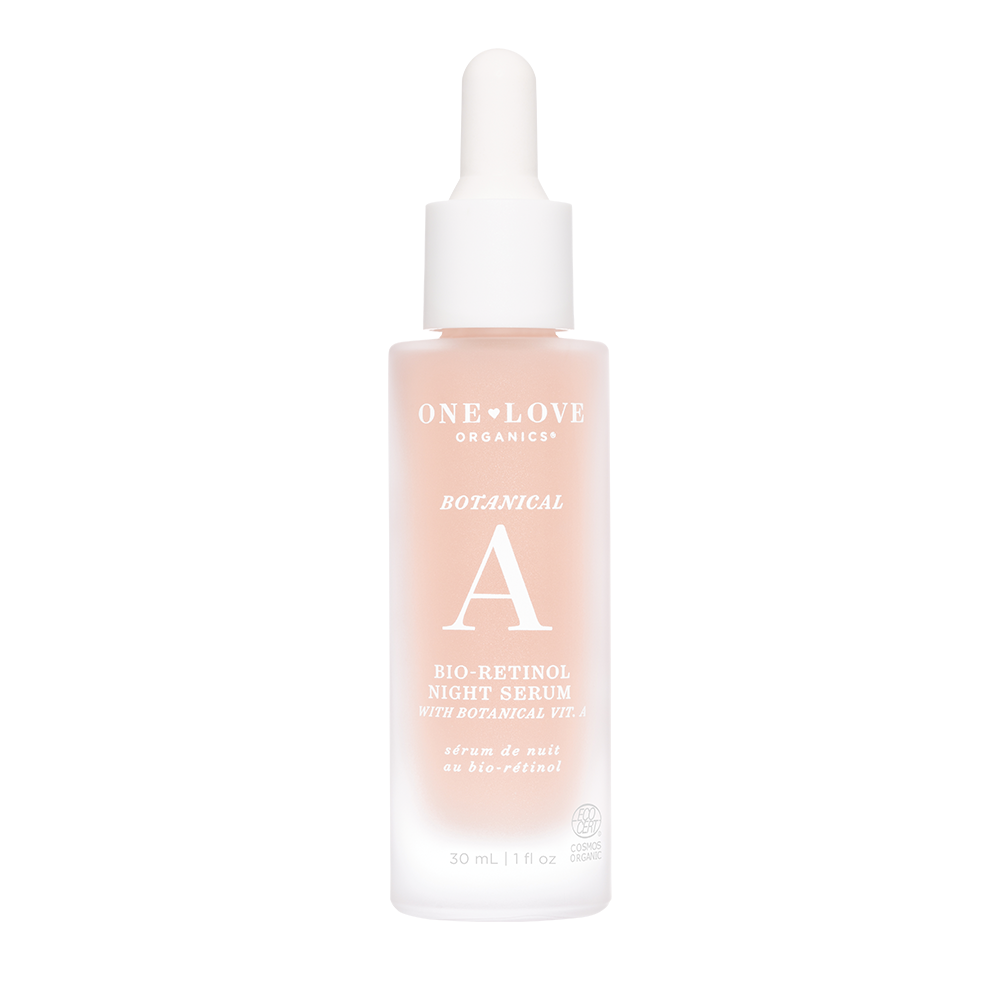Although it’s one of the most popular alphahydroxy acids, there’s still plenty to learn about lactic acid. Here, industry professionals provide the 101.
The use of lactic acid dates back to ancient Egyptian times, when, as legend has it, Queen Cleopatra would bathe in sour milk to improve the texture of her skin. As it turns out, the ruler knew a thing or two about skin-care ingredients, as the milk sugar—otherwise known as lactose—is converted by bacteria into lactic acid as milk sours. This is not your cue to draw a bath of spoiled milk, but it is a testimony to make room in your routine for a product formulated with the trending ingredient.
“Lactic acid is produced in our muscles and red blood cells when the body breaks down carbohydrates for energy, but it’s also produced in bacterial species like decomposing plants and milk products,” says Davie, FL dermatologist Lesley Clark-Loeser, MD. While the acid may not sound pliable in these forms, cosmetic chemist Michelle Wong says its produced for skin care via fermentation, and the results are nothing short of glow-tastic.
It’s a gentle exfoliant.
You can find lactic acid under the AHA (alphahydroxy acid) umbrella next to glycolic and salicylic acid molecules. However, it’s not like the rest of the group. According to celebrity aesthetician Shani Darden, “the lactic acid molecule is known as a keratolytic and larger than other AHAs, which means it can’t penetrate skin as deep. Therefore, it will exfoliate and polish the surface of the skin much more effectively to give it an amazing glow.” This attribute should also check a box for those with sensitive skin, who will be able to tolerate it much better than other acids. “This is because it’s less likely to disrupt the PH of your skin, as it keeps the moisture barrier intact and adds a boost of hydration,” adds Darden.
My facials almost always include a lactic acid chemical peel because of how versatile the ingredient is. It works so well for almost all skin types.
—Shani Darden
Aside from giving skin a nice glow, Southlake, TX dermatologist Janine Hopkins, MD says the super-exfoliant can also help diminish the look of fine lines and wrinkles and increase skin firmness by “accelerating cell renewal and increasing collagen, ceramide and lipid production.” But, in order to achieve this, Dr. Hopkins says a lactic acid concentration of at least 5 percent is necessary in topical skin-care products.
It works head to toe.
Wong says you can find lactic acid in any step of your routine, from facial toner to serum, but it’s also used in body products like lotions and cleansers. But, according to Dr. Clark-Loeser, not all lactic acid products should be treated equally. “How often you use lactic acid really depends on two things: where on your body you’re applying it and the concentration.” If you’re using a lower concentration, like 5 percent, Dr. Clark-Loeser says the acid can be used daily anywhere on the body, but that changes when the concentration gets higher. “If you’re using a high over-the-counter concentration of 12 percent or above, it should only be used every day if applied on the arms and/or legs for dry skin or pesky keratosis pilaris,” she adds. “Higher concentrations of 15 percent or more are used by dermatologists and some aestheticians in a mild superficial chemical peel, especially for sensitive skin individuals.” If you’re adding lactic acid into your daily routine, Dr. Hopkins recommends only using it at night, and applying sunscreen the next day to protect your skin from UV rays (standard protocol with most AHAs).
Although 5-percent lactic acid modulates surface and epidermal changes, 12-percent lactic acid influences both the epidermis and the dermis.
—AAD
It meshes well with other ingredients
Outside of being used as an anti-inflammatory agent, lactic acid is also used for wound healing and post-procedural skin.
—Dr. Clark-Loeser
In many popular lactic acid products, you’ll find that the acid is paired with other effective actives, and Wong says that’s because lactic acid mixes well with other hard-hitting exfoliants like salicylic acid. Darden adds that it also jives well with hydrating, nourishing ingredients, which is why she combined the two in her new Lactic Acid Exfoliating Serum ($88). “It’s formulated with humectants like hyaluronic acid and aloe vera concentrate that add soothing benefits, which help to prevent any irritation that comes from exfoliation,” she says. “When incorporating lactic acid into your lineup, you can use an additional hyaluronic acid serum or moisturizer for added hydration, but you should wait five minutes before applying so the acid can absorb into the skin without affecting the pH of the other products.”
Exfoliation Station
Find a Doctor
Find a NewBeauty “Top Beauty Doctor” Near you



